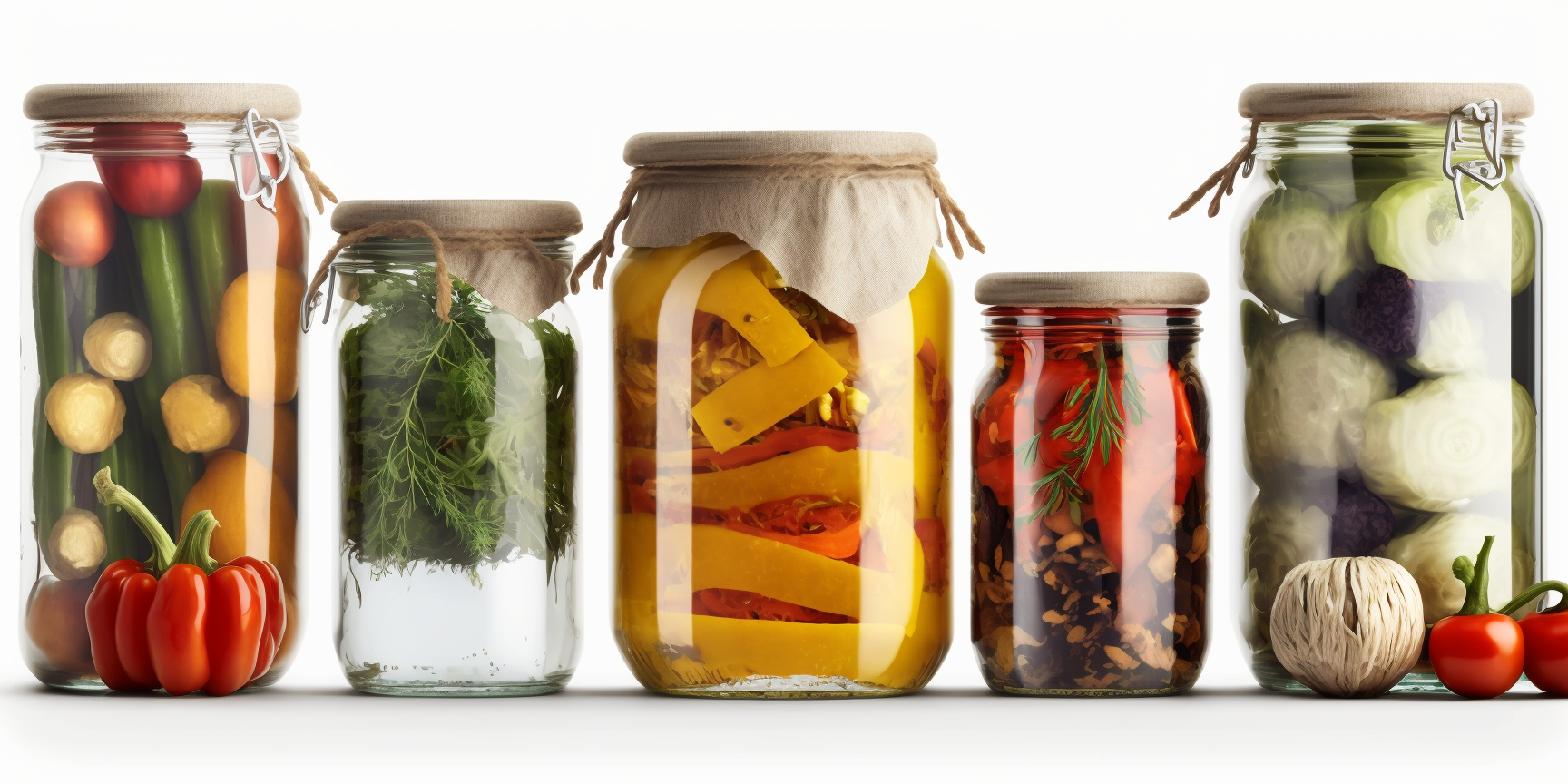
Mastering Food Preservation Techniques for Emergency Preparedness in the UK
Mastering Food Preservation Techniques for Emergency Preparedness in the UK
In times of crisis, access to fresh food can be limited due to disruptions in supply chains and lack of local resources. Emergency preparedness includes more than just storing non-perishable food items; learning and applying food preservation techniques can be a game-changer for UK households. This article explores various food preservation methods that can help you maintain a fresh, nutritious, and sustainable emergency food supply.
I. The Importance of Food Preservation in Emergency Preparedness
- Enhances self-sufficiency by reducing reliance on external food sources during emergencies.
- Reduces food waste and saves money by extending the shelf life of fresh produce.
- Provides a varied, nutritious diet during times of crisis.
- Preserved foods can be shared with neighbours and community members during emergencies.
II. Common Food Preservation Techniques
- Canning
- A popular method that involves preserving food in airtight containers (glass jars or tins) through a heating process.
- Suitable for fruits, vegetables, meats, and fish.
- Canned goods can last up to five years or more if stored correctly.
- In the UK, home canning equipment is widely available, and canning classes can be found in many communities.
- Dehydrating
- Removes moisture from food, slowing down bacterial growth and extending shelf life.
- Ideal for fruits, vegetables, and meats.
- Dehydrated food can last from six months to several years, depending on the item and storage conditions.
- Dehydrating equipment, such as food dehydrators and vacuum-sealed storage bags, are easily accessible in the UK.
- Fermenting
- A natural preservation method that uses beneficial bacteria to transform food and enhance its nutritional content.
- Common fermented foods include sauerkraut, kimchi, yogurt, and kombucha.
- Fermented foods can last several months when stored in a cool, dark place.
- Fermentation kits and supplies are available in the UK, and there are many online resources to help you get started.
- Pickling
- Preserves food by submerging it in vinegar or a saltwater solution (brine), inhibiting bacterial growth.
- Ideal for vegetables, eggs, and some fruits.
- Pickled foods can last up to a year when properly sealed and refrigerated.
- Pickling supplies, such as jars, vinegar, and spices, are widely available in the UK.
- Freezing
- A convenient method that preserves food by storing it at very low temperatures, slowing down bacterial growth and enzymatic reactions.
- Suitable for fruits, vegetables, meats, and prepared meals.
- Frozen foods can last from three months to a year, depending on the item and packaging.
- Ensure you have a reliable power source and backup generator to maintain freezer functionality during emergencies.
III. Incorporating Food Preservation Techniques into Your Emergency Preparedness Plan
- Experiment with different preservation methods:
- Learn and practise various techniques to determine which ones work best for your needs and preferences.
- Adapt preservation methods based on the availability of local, seasonal produce.
- Invest in preservation equipment:
- Purchase necessary supplies and equipment, such as canning jars, dehydrators, and fermentation kits.
- Stay informed and seek expert guidance:
- Attend workshops, join community groups, or enrol in online courses to learn from experienced practitioners.
- Create a preservation calendar:
- Plan and schedule preservation activities throughout the year, taking advantage of seasonal produce and sales.
- Store preserved foods correctly:
- Follow appropriate storage guidelines for each preservation method to maximize shelf life and maintain food quality.
Conclusion
Incorporating food preservation techniques into your emergency preparedness plan can help you maintain a diverse, nutritious, and sustainable food supply during challenging times. By mastering various preservation methods, you can ensure that your household has access to a wide range of fresh and flavourful food options, even during emergencies.
With proper planning, investment in the necessary equipment, and a commitment to learning and experimenting, you can become more self-sufficient and resilient in the face of unforeseen circumstances. Not only will these skills be valuable during a crisis, but they can also contribute to a more sustainable, eco-friendly lifestyle in everyday life. So, start preserving today and take a step towards a more prepared and resourceful future.
Suggested Articles
From Garden to Table: Growing and Preserving Your Own Emergency Food
Introduction: The Importance of Emergency Food With the uncertainty of the past few years, many of us have been think...
The Science of Food Storage: How Long Does Emergency Food Last?
Emergency food storage is an essential part of emergency preparedness. In the UK, the risk of natural disasters, extr...
Ten Books Every Prepper Should Own - A Guide to Better Preparedness
When the world around us seems to be crumbling at a rapid pace, it is easy to get lost in fear and panic. The advent ...




